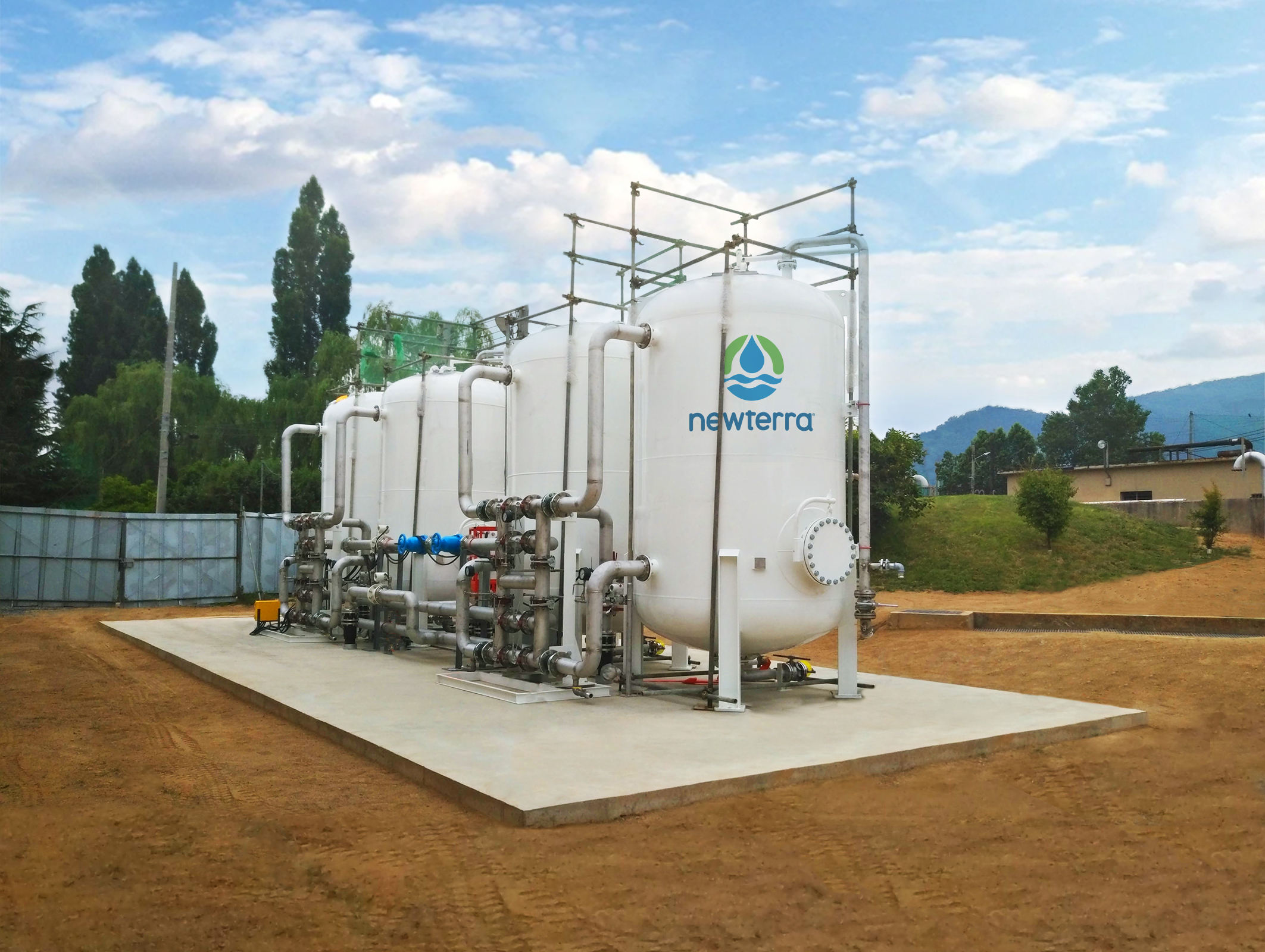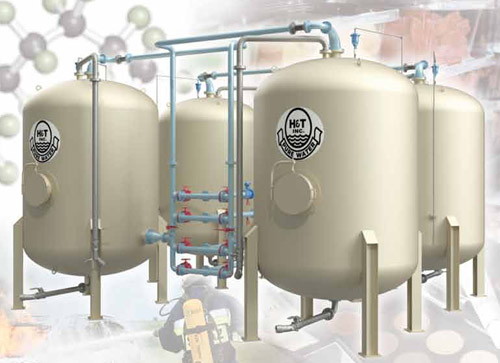Just How PFAS Treatment Makes Sure Clean and Lasting Water
The presence of PFAS, commonly recognized as "for life chemicals," presents considerable challenges to water top quality and public wellness. The implications of these therapies prolong past immediate wellness benefits; they raise critical questions about long-lasting water monitoring techniques that should be resolved to ensure a resilient future.

Understanding PFAS Contamination
PFAS, or per- and polyfluoroalkyl materials, have actually arised as a substantial ecological issue as a result of their widespread prevalence and perseverance in the setting. These synthetic chemicals have actually been used in various industrial applications and consumer items, including non-stick pots and pans, water-proof clothes, and food packaging, due to their special residential properties such as water and oil resistance.
The contamination of soil and water resources by PFAS happens largely with industrial discharges, firefighting foam usage, and seeping from garbage dumps. pfas management. As soon as launched, these compounds are resistant to deterioration, causing their accumulation in the atmosphere. This determination raises crucial concerns, as PFAS can take a trip cross countries through groundwater and surface area water supply, impacting drinking water products and communities

Health And Wellness Risks of PFAS
The determination of PFAS in the setting raises significant health and wellness issues for people revealed to these substances. Referred to as "forever chemicals," PFAS do not break down quickly and can collect in bodies in time. Research has connected PFAS exposure to various damaging health impacts, including immune system dysfunction, liver damage, and raised risk of certain cancers cells - pfas management. Notably, research studies have shown raised cholesterol levels and potential effect on reproductive and developing wellness, particularly in expecting people and babies.
The ubiquity of PFAS in consumer products, such as non-stick cookware, water-repellent materials, and food packaging, additional amplifies the threat of direct exposure. Consuming water infected with PFAS is a substantial concern, as these chemicals can leach into groundwater sources. At risk populaces, consisting of youngsters and those living near commercial sites, might face increased dangers because of their establishing systems and possible for higher direct exposure levels.
As understanding of these health and wellness dangers remains to expand, regulative agencies are starting to establish guidelines for PFAS degrees in drinking water. Public wellness campaigns are important to alleviate exposure and protect communities from the long-lasting impacts of these hazardous substances.

Ingenious Therapy Technologies
Exactly how can we efficiently deal with the obstacles postured by PFAS contamination in water resources? Innovative therapy modern technologies are emerging as vital options in the mission for clean water. These techniques concentrate on the removal or damage of per- and polyfluoroalkyl compounds (PFAS), which are well-known for their determination in the environment.
One appealing approach is adsorption making use of sophisticated materials, such as triggered carbon and ion exchange resins. These products have actually shown efficiency in recording PFAS molecules from water. Another notable modern technology is membrane filtration, which uses nanofiltration and reverse osmosis to different impurities at the molecular level, hence offering a barrier against PFAS.
Furthermore, progressed oxidation processes (AOPs) use strong oxidants to damage site here down PFAS substances into harmless by-products. This method is particularly reliable for treating very infected water resources. Bioremediation methods, utilizing specific microorganisms, are likewise being explored to weaken PFAS.
As study proceeds, crossbreed systems that integrate numerous modern technologies might use enhanced performance, attending to the intricacies of PFAS contamination. The advancement and execution of these ingenious therapy modern technologies are vital steps towards making certain the safety and sustainability of our water sources.
Advantages of Reliable PFAS Therapy
Properly dealing with PFAS contamination in water resources dramatically boosts public health and wellness and ecological safety and security. PFAS, usually described as "permanently chemicals," are immune to destruction and can accumulate in the body, resulting in severe health threats such as cancer, liver damage, and body immune system dysfunction. By carrying out reliable therapy approaches, communities can lower direct exposure to these hazardous materials, ultimately boosting the health and wellness outcomes of their populations.
Furthermore, effective PFAS therapy adds to the preservation of neighborhood ecosystems. Infected water can detrimentally affect marine life and interfere with the delicate equilibrium of regional environments. By making certain tidy water, treatment processes safeguard biodiversity and maintain environmental honesty.
Additionally, effective PFAS removal can foster public self-confidence in water high quality. When areas are guaranteed that their alcohol consumption water is without dangerous pollutants, it advertises a sense of safety and well-being. This depend on is necessary for area interaction and assistance for ongoing water monitoring campaigns.
Future of Water Sustainability
In the middle of growing worries concerning water high quality and deficiency, the future of water sustainability pivots on ingenious methods and collective initiatives. As areas encounter the looming risks of contaminants like PFAS, the advancement of innovative therapy modern technologies is necessary. These technologies not just focus on the removal of dangerous compounds yet also promote the reuse and recycling of water, thereby decreasing general demand.
In addition, reliable water administration plays a crucial role in guaranteeing lasting techniques. Policymakers must incorporate clinical research study with regulatory frameworks to develop clear guidelines for water use and treatment. Stakeholder engagement, consisting of local neighborhoods and industries, fosters a feeling of common More Info obligation and encourages lasting methods across various industries.
Financial investment in infrastructure is also important; upgrading aging systems to integrate modern-day purification and filtration techniques can dramatically boost water high quality. Embracing environment-friendly innovations, click here now such as natural filtration systems, can supply environment-friendly services.
Inevitably, the future of water sustainability exists in an all natural strategy that incorporates innovation, policy, and neighborhood involvement. By focusing on these elements, we can secure our water sources for generations ahead, ensuring clean and sustainable water for all.
Conclusion
In verdict, the effective therapy of PFAS is crucial for ensuring tidy and sustainable water. Inevitably, durable PFAS treatment methods contribute to lasting durability in water management, promoting public count on in water top quality and promoting sustainable practices.